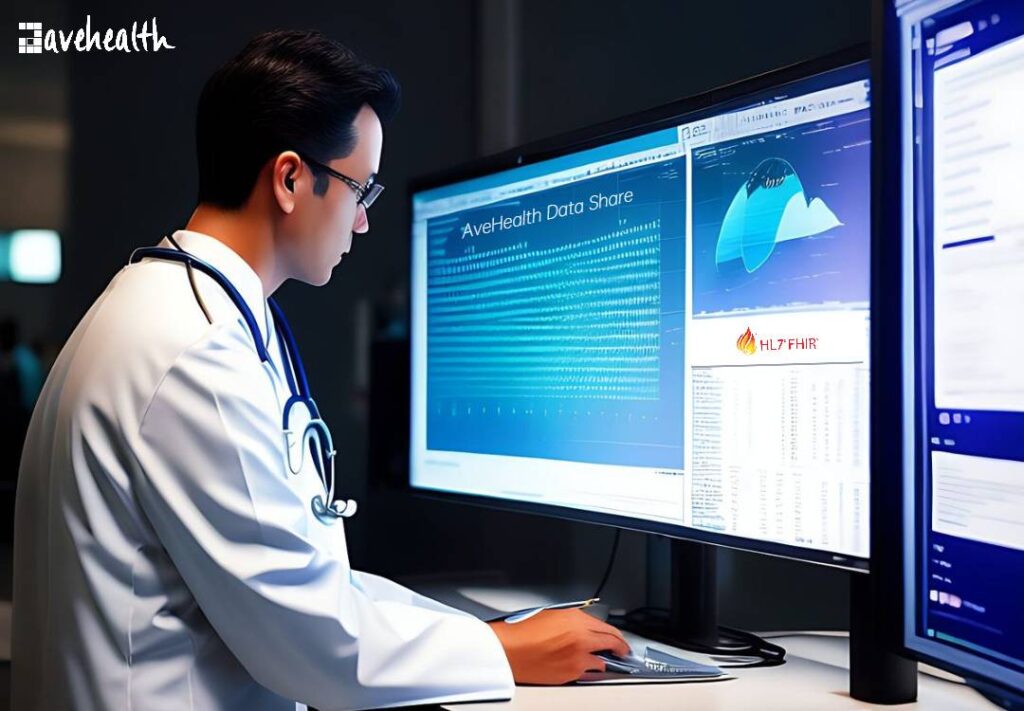
Revolutionizing Healthcare Data Interoperability with HL7 FHIR
In today’s healthcare landscape, the exchange of data between different systems and applications is crucial for providing efficient and effective care. However, interoperability has been a persistent challenge due to the lack of standardized data formats and communication protocols. This is where HL7 FHIR (Fast Healthcare Interoperability Resources) comes into play. HL7 FHIR is a modern, web-based standard that is transforming the way healthcare data is exchanged, and is poised to become the de facto standard for healthcare data interoperability.
HL7 FHIR is designed to simplify data exchange and promote interoperability by using modern web-based technologies such as RESTful APIs (Representational State Transfer) and standard data formats like JSON (JavaScript Object Notation) and XML (eXtensible Markup Language). This makes it easy for different healthcare systems and applications to communicate and share data in a consistent and meaningful way.
One of the key reasons why HL7 FHIR is gaining widespread adoption is its flexibility. It follows a modular approach, where healthcare data is represented as a collection of discrete resources, such as patients, practitioners, medications, and observations, which can be easily combined and extended to suit the needs of different use cases. This modular and extensible approach makes HL7 FHIR adaptable to various healthcare scenarios, from patient care coordination to clinical research and population health management.
Another significant advantage of HL7 FHIR is its focus on semantics and interoperability. HL7 FHIR resources are defined using standard terminologies such as LOINC (Logical Observation Identifiers Names and Codes) and SNOMED CT (Systematized Nomenclature of Medicine — Clinical Terms), which ensure that the data exchanged using FHIR is semantically rich and can be easily understood and interpreted by different systems. This promotes meaningful exchange of data and enables advanced capabilities such as decision support, analytics, and machine learning.
HL7 FHIR also supports a wide range of use cases, including patient access to their own health information, secure messaging between healthcare providers, remote monitoring of patients, and integration with consumer health devices and mobile applications. This versatility makes HL7 FHIR suitable for different types of healthcare organizations, ranging from large hospitals and health systems to smaller clinics and startups.
Despite the many advantages of HL7 FHIR, organizations may face challenges in normalizing their data to this standard. One of the main challenges is the legacy data that organizations may have, which may be stored in different formats and not fully compatible with HL7 FHIR. Migrating and normalizing this data can be time-consuming and require significant effort, including data mapping, data transformation, and data validation.
Another challenge is the need for robust data governance and security. As healthcare data is sensitive and subject to strict regulations, organizations must ensure that data exchanged using HL7 FHIR is secure and compliant with relevant privacy and security standards, such as the Health Insurance Portability and Accountability Act (HIPAA) and the General Data Protection Regulation (GDPR). Implementing strong data governance practices and security measures may require additional resources and expertise.
In conclusion, HL7 FHIR is revolutionizing healthcare data interoperability by providing a modern, web-based standard that promotes data exchange, semantic interoperability, and flexibility. Its modular and extensible approach, support for standard terminologies, and versatility in use cases make it a promising choice for healthcare organizations seeking to improve interoperability. However, organizations may face challenges in normalizing their data to HL7 FHIR, including dealing with legacy data and ensuring robust data governance and security. Despite these challenges, HL7 FHIR holds great potential in transforming healthcare data exchange and enabling the seamless exchange of health information for improved patient care and outcomes.
